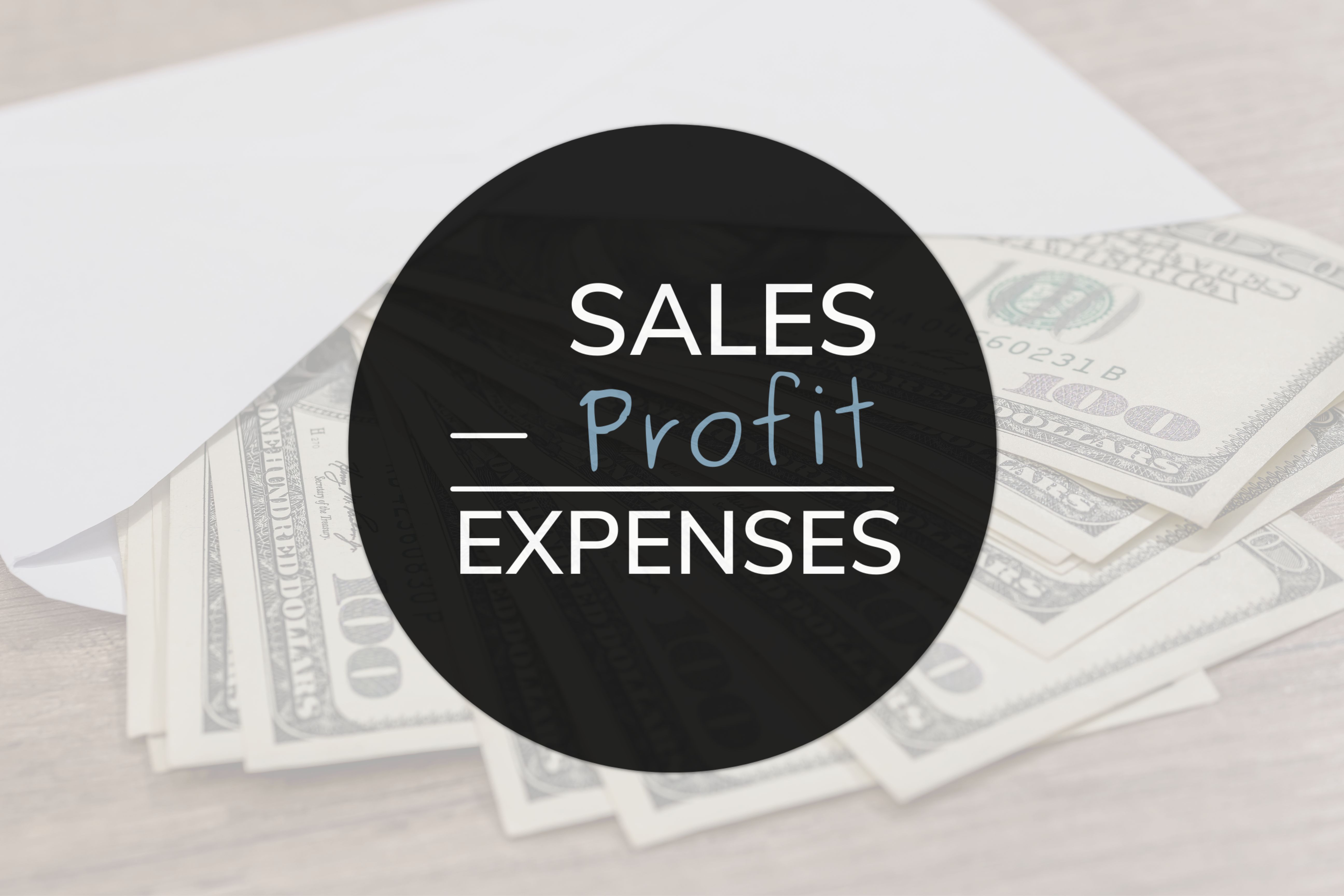What Return to Office Mandates Really Mean for Small Business Owners
We've all seen the headlines. Another major company announces that everyone needs to be back at their desk. No exceptions. And if you're running a...

Most CPA firms don’t encourage the Profit First model, here’s why we do.
Profit First is a book written by Mike Michalowicz on how to properly budget your funds as a business owner. It’s also a smash hit among business owners. Why? It’s an invaluable resource that takes something that feels complex and makes it simple. At its core, your business basically uses a single “income account” to receive all deposits and divides it between four accounts: a profit account, a tax account, an owner's compensation account, and an operating expense account. In many ways, it's similar to an envelope method for your business.
So why don’t more CPA firms embrace the Profit First model? Well, it’s more work for them. At Kaizen CPAs + Advisors, we go the other way. We’ll often encourage our clients to adopt a Profit First model for their business. Why? Well, because we’ve seen it work.
The benefits of adopting a Profit First model for your business
Let’s be clear: Profit First isn’t an accounting process. It’s a budgeting process. Small business owners often aren't overseeing the financials of the business and most often don't have an in-house CFO. That’s alright, but it’s something that you’ll have to deal with if you want to have meaningful, long-term growth with your business. We back the Profit First process because it’s easily executed by small business owners, it’s a relatively simple process, and it works.
At its core, Profit First is a budgeting method that requires a pretty liberal dose of discipline. The idea is to override basic human psychology as defined in Parkinson's Law. Parkinson’s Law states that you expand the time it takes to do something based on the time you have. Now, instead of time, think about money. Basically, as a business owner, you’ll almost always justify spending the money you have in your account if it’s left in a vacuum.
How Profit First works
Instead of spending the money whenever you get it, you’ll basically use the five accounts listed above to create a percentage-based system of savings. Twice a month, you’ll take all the money that was deposited as your income amount. Based on a percentages model you’ll take those deposits and split them up into the different accounts. From there, you’ll have a more concrete idea of the profits you’re ACTUALLY making, and how they can be used to grow your business. It’s a great option for small business owners that have access to the purse strings of their business but don’t necessarily have the budgeting knowledge or discipline to make sure that they can grow the way they should.
How Kaizen works with you to create your Profit First business strategy
We work with tons of small business owners, and while it’s not necessarily a universal rule, it IS true: business owners don’t often make great CFOs. If you’re working with Kaizen and want to adopt the Profit First strategy for your business, here’s how we work with you.
There’s just one question: are you ready to discipline yourself enough to see it through? If you are, and you’re ready for a partner who can help you reach your growth goals in the new year, we’d love to talk to you.
We believe in Profit First so much because we’ve seen it work with our clients. In fact, on our podcast, we’ve even brought on Ron Saharyan, a Profit First expert, to give free advice to business owners on how they can implement Profit First strategies into their businesses. It’s a great, free-flowing interview that serves as the perfect introduction to the Profit First mindset. Give it a listen!

We've all seen the headlines. Another major company announces that everyone needs to be back at their desk. No exceptions. And if you're running a...

If you work with a payroll provider for your small business, payroll typically runs on a set schedule with very little day-to-day involvement from...

Many business owner dreams about growth. More customers. More revenue. Maybe even a bigger space or a second location. But at some point, growth...